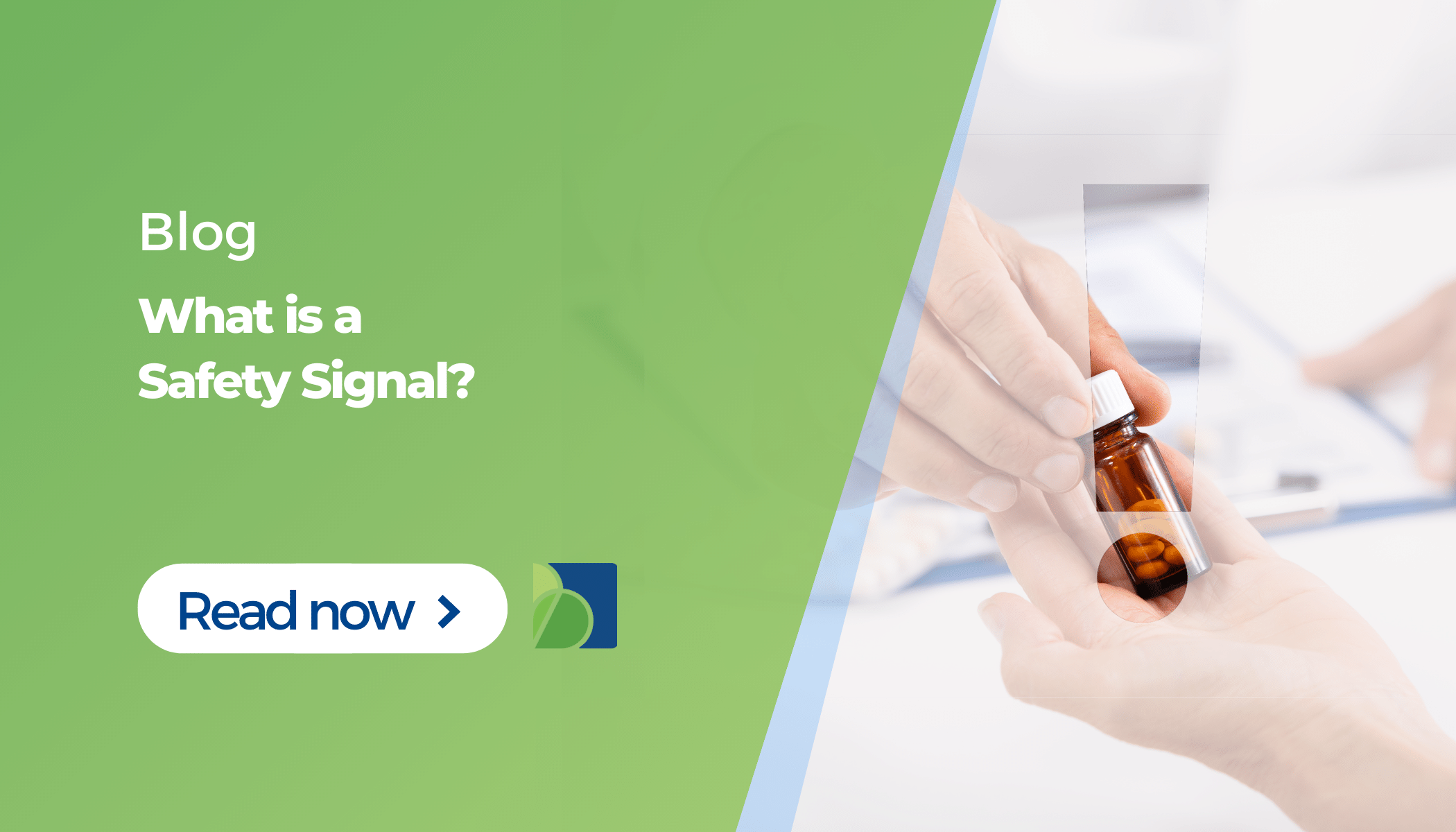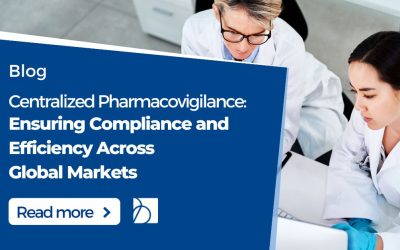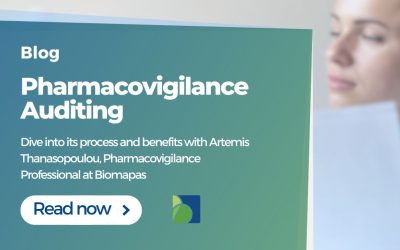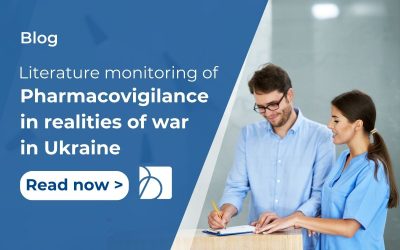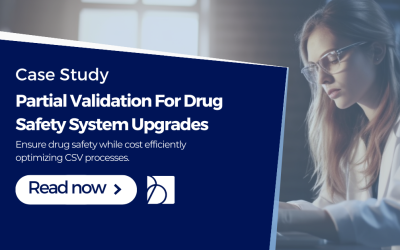Occasionally we see the information of a safety signal for medical product, but what does it really mean? We can describe the safety signal as an indication for new and significant safety-related data for a marketed product. The new data could indicate a new potentially causal association between an adverse event, beneficial response and a medical product, or a new aspect of causal association that was previously known. Usually, a signal will be relevant for all products with the same active ingredient, including the combination products. Further, let’s look more at the main steps of the safety signal management process.
Step 1: Signal Detection
Health authorities and Marketing Authorization Holders perform signal detection, the process of looking for and identifying signals from any available source. Often sources are reviews of ICSRs, aggregated data, new studies and scientific literature. The process for detection should be defined methodologically and based on periodic monitoring of the mentioned sources.
Step 2: Signal Validation
Once you confirm that there is a signal, you must examine the information to determine if there is sufficient evidence in the available data for further investigation of the safety signal. We can divide this process into three parts: previous awareness, the strength of the evidence and clinical relevance and context.
The first one, previous awareness, is the assessment of whether the signal only tells us something we already knew because defined information can already be in, for example, the Risk Management Plan or labelling for a product.
The second one, the strength of the evidence, means that when evaluating the value of a signal it is needed to take a lot of factors into consideration such as:
- The total number of cases;
- The quality of the information (positive de- or rechallenge? Temporal association? Other possible causes? Results of relevant tests? Considered to have a positive causality by a health care professional?);
- Consistency between cases (is there a pattern?);
- Biological or pharmacological mechanism (is there a possibility for one?).
For the third part, clinical relevance and context, the assessment focuses on consideration if the event is serious, how severe it is, what is the duration, outcomes, interactions or risk to a specific population for example such as children. If a signal is validated, it means that there is enough evidence to proceed with the analysis of the signal.
Step 3: Signal Confirmation
In the EU, this is the process of determining if a validated signal requires further analysis and prioritization by the PRAC. If a safety signal is confirmed, it does not mean immediately established causality. A validated safety signal could be non-confirmed for several reasons, for example, if the safety signal was previously reviewed, limited evidence in data or the data are adequately handled through a different procedure (such as PSUR, variation).
Step 4: Signal Analysis and Prioritization
Safety signals are prioritized according to their urgency. It is necessary to separate safety signals that may have a big impact on patient’s or public health, or can significantly affect the risk-benefit balance of a medical product. The safety signal analysis and prioritization process will, therefore, determine the need for further analysis and the timeframes for it.
Step 5: Signal Assessment and Recommendation for Action
This last step of the process will take into account all available evidence and determine if there are new or changed risks. The PRAC recommendations, for action, can be more or less severe depending on the signal. For example, the MAH could need to provide additional data, update the labelling information, implement educational materials, disseminate a Direct Healthcare Professional Communication (DHCP) or sponsor a post-authorization study.
The Importance of Proper and Efficient Signal Management
Signal management is a crucial part of a pharmacovigilance system. Without it, there would be only a vast amount of data not helping anyone. After Thalidomide catastrophe unravelled in the early 1960s, the need for organized analysis of safety data became clear, and in 1968 the first pilot was launched by WHO for international drug monitoring. The purpose of the program was to detect previously unknown or poorly understood adverse reactions to medicines and by this to help avoid another disaster in the future, as it is for today as well.
If you want to get more information about pharmacovigilance and safety signals detection, contact us!
Josefina Jakobsson, MSc
Pharmacovigilance Specialist
Biomapas
References:
- Uppsala Monitoring Centre.
- The Importance of Pharmacovigilance – Safety Monitoring of Medicinal Products.
- Good pharmacovigilance practices.
- Questions & answers on signal management.




